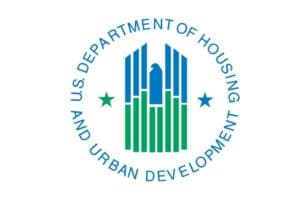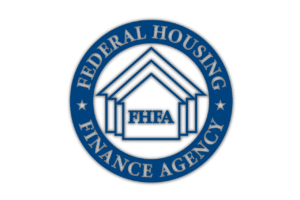The Department of the Treasury released FAQs for the new $25 billion emergency rental assistance (ERA), which:
- requires applicants for assistance to provide third-party source documentation evidencing income and their experience of unemployment or financial hardship due directly or indirectly to COVID-19;
- clarifies that applicants who occupy a federally-subsidized or mixed-use property, including LIHTC properties, may receive ERA assistance. However, if a household receives a monthly federal rental assistance subsidy — such as a voucher, public housing, or project-based rental assistance — and the tenant rent is adjusted to account for changes in income, the renter household may not receive ERA assistance. If the household receives rental assistance, ERA may be used to cover the tenant-paid portion of rent and utility costs not paid by the other rental assistance (NCSHA is requesting further clarification on this point);
- defines which utilities are covered under the program, including electricity, gas, water and sewer, trash removal and energy costs, such as fuel oil; but not costs for telephone, cable, or internet;
- clarifies the ERA program can cover rental payments beginning after March 13, 2020, the date of the national emergency declaration; and
- provides a 21-calendar day period or three for landlords to respond to requests from grantees to provide direct payments. After no response following the 21-day period or three attempts, the grantee may provide the payments directly to the tenants.
Notably, Treasury has not yet made a determination on “other expenses” as related to housing incurred due, directly or indirectly, to COVID-19.


